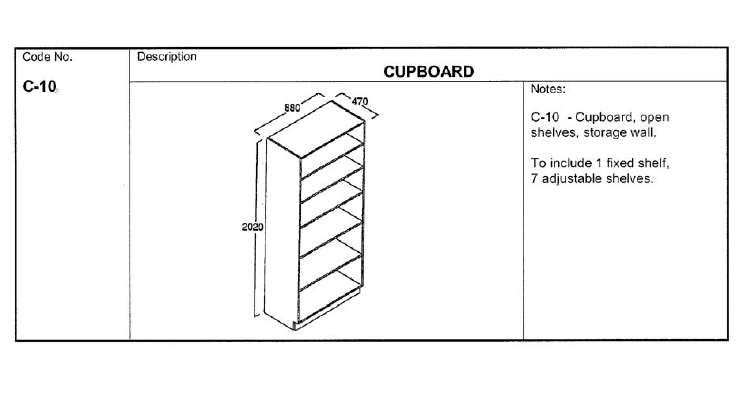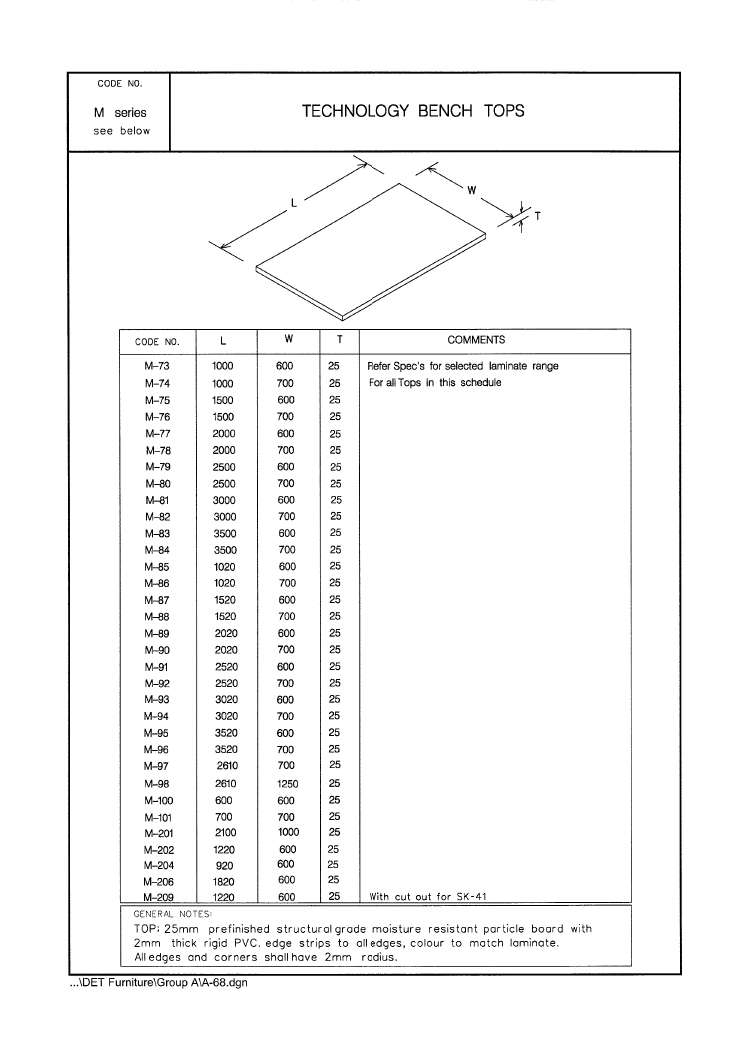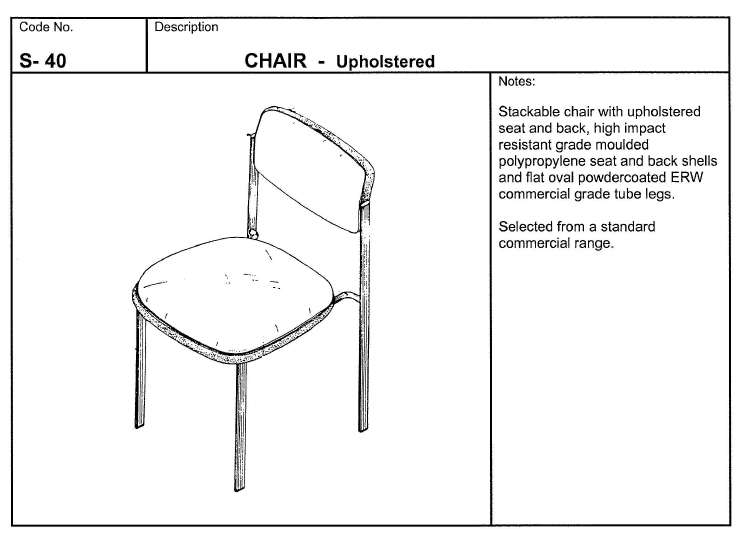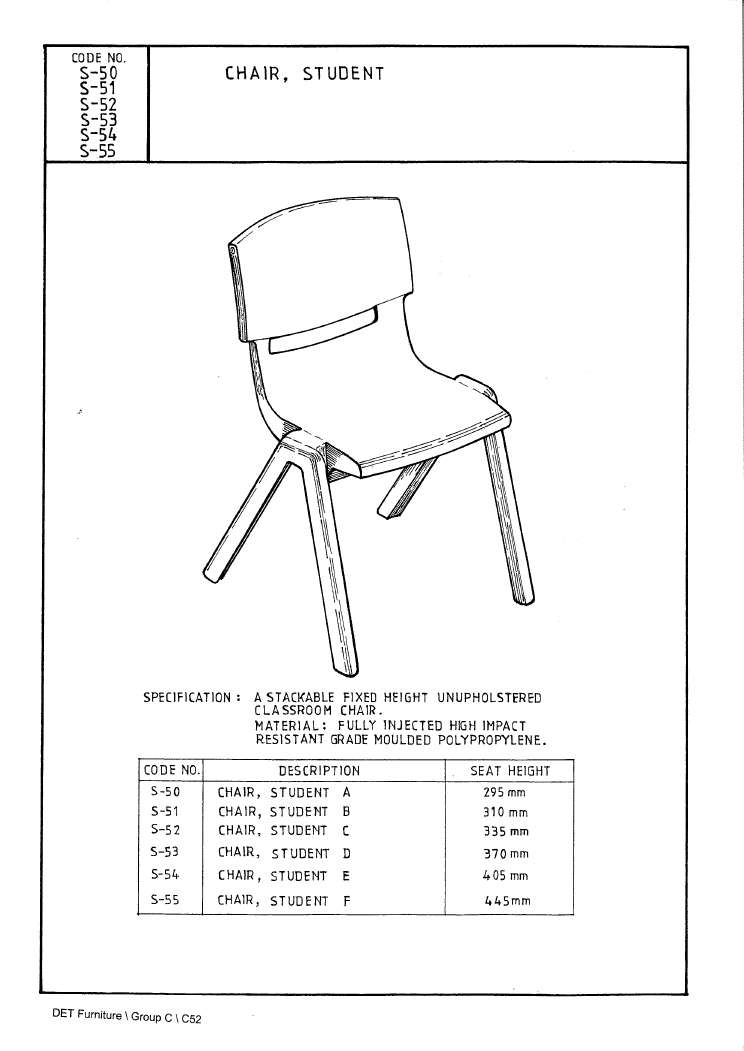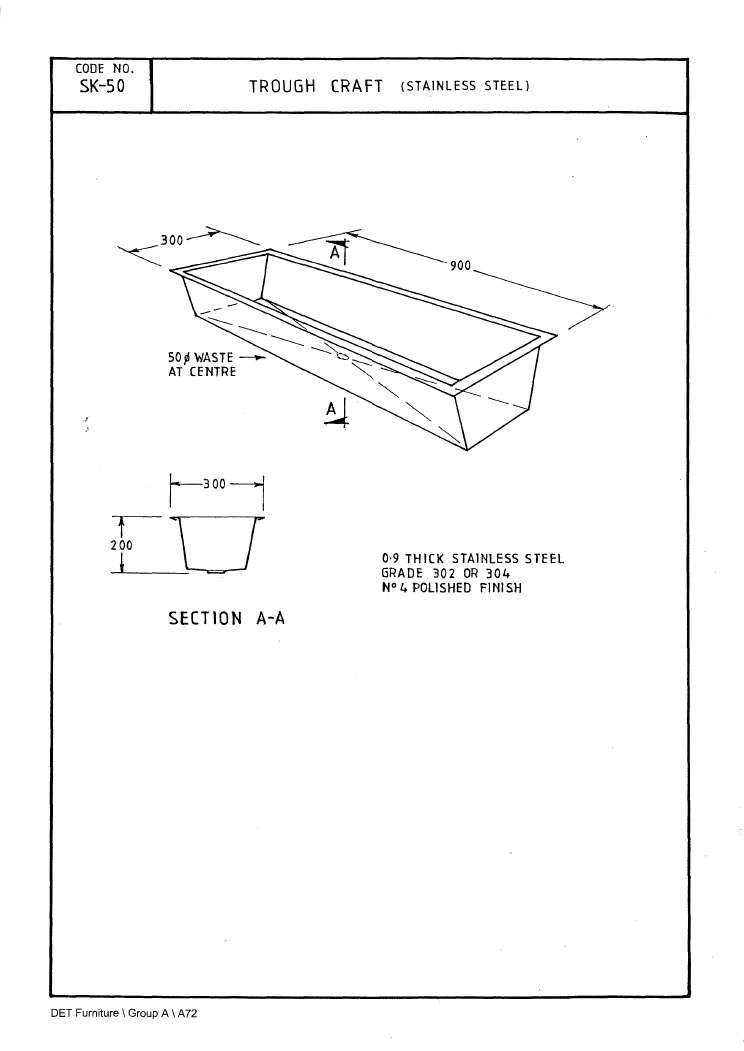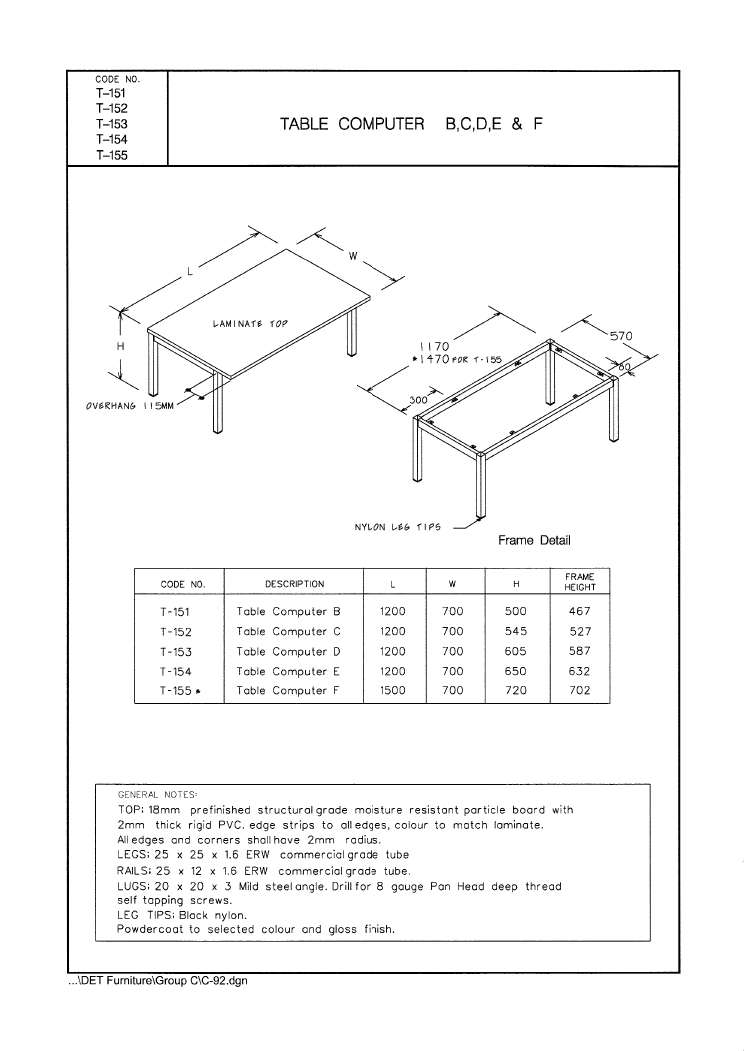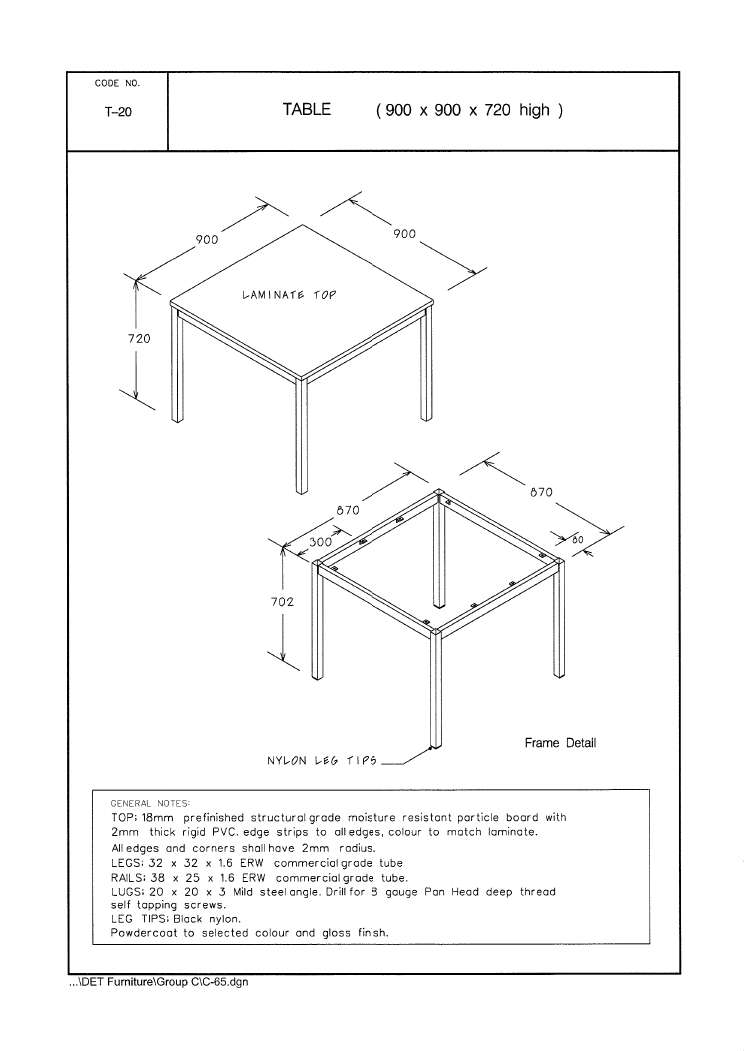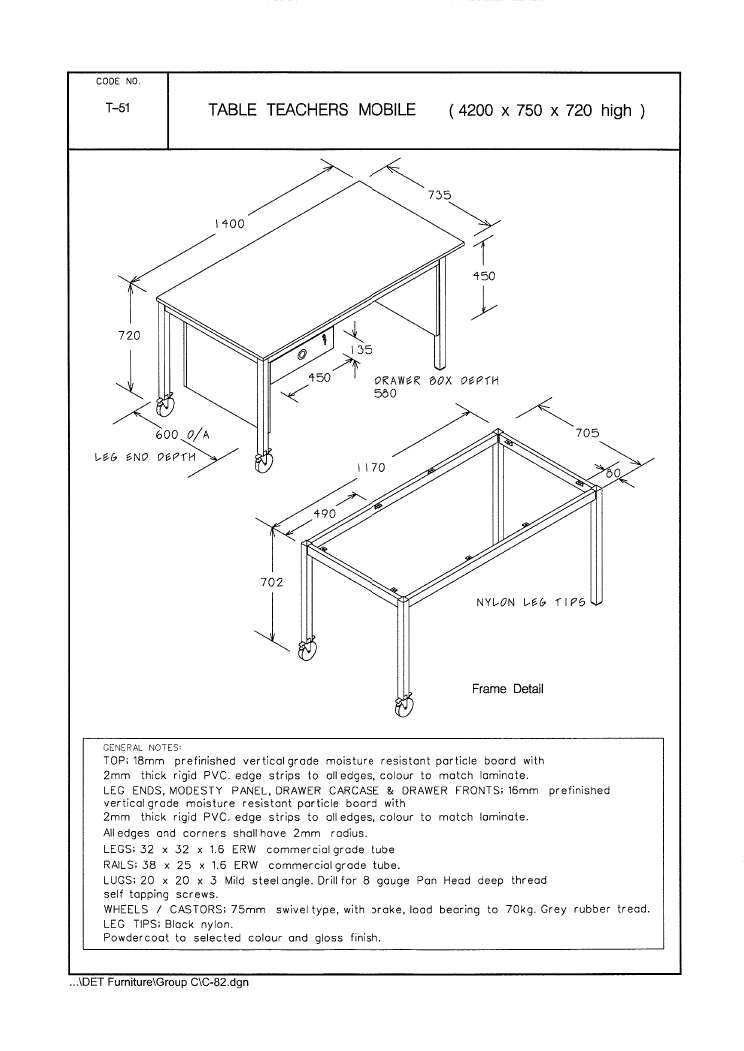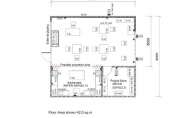The Special Programs Room room provides a learning space and seating for a medium sized group of up to 11 students plus teachers and support staff. Consideration has been given to the learning, social and mobility needs of students. The room provides a learning space for small to medium groups of students participating in learning activities that can require a wet area and large bench space. The area also provides a space for learning and behaviour support activities. The room is intended for explore, investigate, create, fabricate and construct activities but can be used for activities that include discussion, reading or storytelling; explicit teaching and demonstrations, and supervised individual and small group research and reflective activities. The room lends itself to the teaching of living skills and supports a range of teaching strategies including food preparation and the facilitation of inquiry and authentic project and problem based learning. The room can be used for individual and small group student, staff and communal learning and formal meetings.
FURTHER OPPORTUNITIES
Removal of furniture will provide a space for behavioural management, physical therapy and rehearse and perform activities. Access to an outside learning area would allow some flexibility in learning activity options and group.
LEARNING IMPLICATIONS
Given the size of the room consideration will need to be given to acoustic and spatial implications depending on the number of groups and the types of learning activities planned.
Explore ideas, share and develop opinions, debate and decide.
This learning process is effective with small to large groups provided specific criteria can be met.
Display, exchange and encounter learning artefacts.
This learning process is effective with small to very large groups provided specific criteria can be met.
Teachers and/or students demonstrate, communicate ideas and/or teach explicitly.
This learning process is effective with small to very large groups provided specific criteria can be met.
Hands on interaction, experimentation and evaluation with materials to discover, design and test.
This learning process is effective with small to very large groups provided specific criteria can be met.
Implement, build or assemble systems and media.
This learning process is effective with small to very large groups provided specific criteria can be met.
Use written, graphical and digital resources to personally reflect, consolidate and/or enquire.
This learning process is for individual or small groups and is effective provided specific criteria can be met.
Practise, refine and execute performance based activity.
This learning process is effective with small to very large groups provided specific criteria can be met.
Ratings against the Design Criteria
All criteria regarding spatial layout, fit-out, visibility and acoustics can be met.
Most criteria regarding spatial layout, fit-out, visibility and acoustics can be met. Some consideration will need to be given to determine whether constraints on ease of use, group size or materials will compromise the learning outcomes.
Few of the criteria regarding spatial layout, fit-out, visibility and acoustics can be met. A lot of consideration will need to be given to determine how the constraints on ease of use, group size or materials can be overcome.
Very few of the criteria regarding spatial layout, fit-out, visibility and acoustics can be met. This space should only be used for this learning mode as a last resort.
This space is incapable of supporting this learning mode.
This learning process is not employed with this size group.



